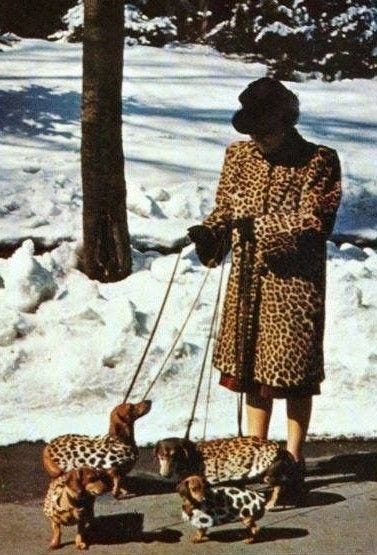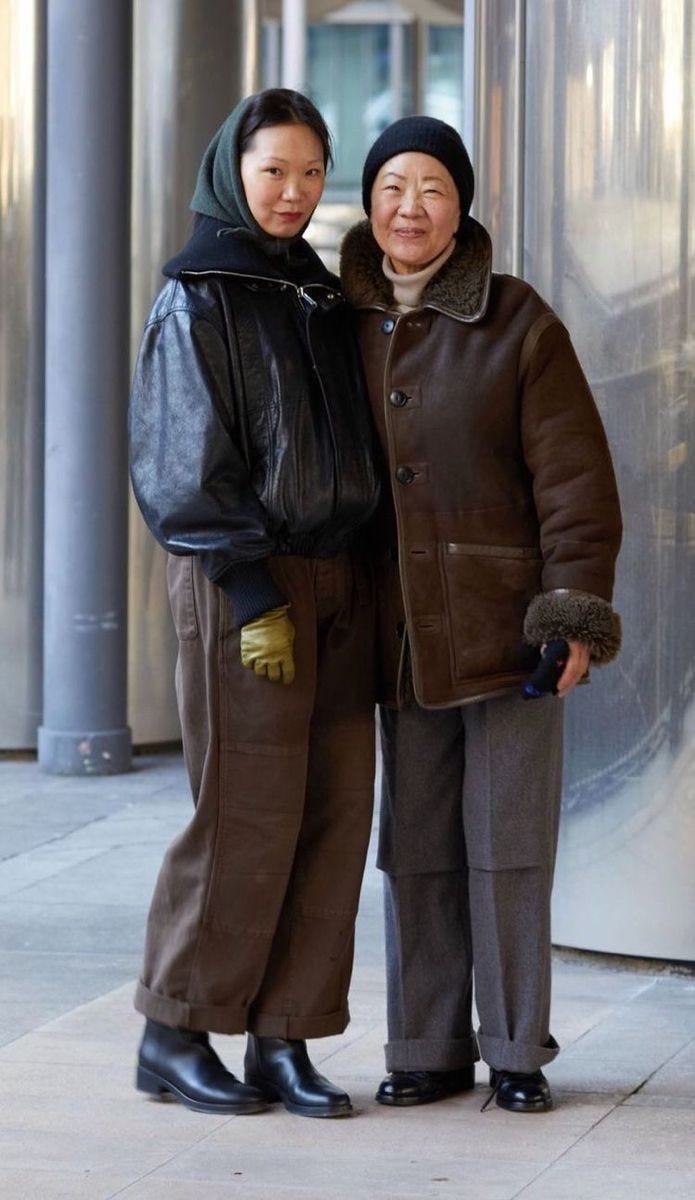New York may be a city of humans, but it is also a city of rats, cockroaches, and pigeons. But its fifth most populous inhabitant is likely a more beloved companion—one that “woofs” rather than squeaks, scuttles, or soars.
I currently split most of my time between the Upper East Side and Upper West Side, and if you know anything about the stereotypes associated with each of these neighborhoods, then I can confirm how true these are. I can also affirm that the people who live there love their dogs and, at times, resemble them to a level I find humorous and strange. They also absolutely adore Goldendoodles, which is surprisingly a name for a type of dog, not a delicious cookie.
There is something funny about these dogs. They are goofy, friendly, and, at times, clumsy and overly sweet. They also have an intense and searching gaze vaguely familiar to a kind-eyed grandpa. I’m not keen on anthropomorphizing pets, but I can’t help feeling both unsettled and affectionate. The New York Times even ran an article earlier this summer on the Internet’s suspicion that Goldendoodles might be humans in dog bodies. Why, in New York City, with its 8 million and growing population, is the most popular dog reminding people of themselves?
…
Humans are drawn to familiar repetition beyond material objects. There is comfort in what we know, and that can sometimes even be ourselves. We learn from routine, find stability and safety in what we already know, and, like other creatures, both similar and vastly different, we root our survival in repetition. There is also a uniquely human desire for individuality, which ironically, in the Goldendoodle case study, is usually a distinction from other humans. There is also a tendency to, over time, dress like ourselves. Falling away from fads, phases, or trends, we fall into a unique rhythm of looking more and more like ourselves and less like the people or ideas we admire. At work, where I teach weaving craft classes, I watched a woman dressed in pink and blue glance down at herself and then at her pink and blue creation.
…
As a child, I disliked wearing the same clothes as other children, especially my sister, and was creeped out when identical twins wore matching outfits. I threw on clothes without a thought for coordination and disliked Twin Day when school spirit week rolled around. Are you becoming the other person? Are you each assuming a new, combined identity? Youth is often characterized by its ferocious search for individuality. Though less fiercely, I was, and still am, carving this out.
But I don’t get dressed without a second guess, paint without consideration for color, or scribble words down without stringing them together. A desire for conformity has quelled my uninhibited search for identity. I suppose adolescence is marked by this tidelike pull toward what others like and back toward what you like, ending up somewhere in the middle. Hopefully, it is closest to what you actually like.
When I get dressed, I prefer when the colors and shapes follow a pattern or repetition. I don’t know if there is anything beyond a simple human desire for familiarity and conformity. Though I think I dress more eclectically than many people, I always follow an almost mathematical equation that results in optimal comfort. But I don’t think there is anything strange about our innate desire to resemble those we admire and love. Sometimes, people really do look a lot like their dog, whether by subconscious selection of the dog or subconsciously matching them over the years.
If I’m being honest, matching twin outfits still creep me out. While I can rationalize them, I don’t love uniforms. But I love it when people subconsciously look like one another.
A few weeks back, two of my closest friends and I gathered for a long-awaited reunion after weeks of separation by travel. We sat down to order wine. One of my friends looked between the two of us and grinned.
“You two are wearing the same outfit!” We looked down at our clothes, which were black and an identical shade of green.



